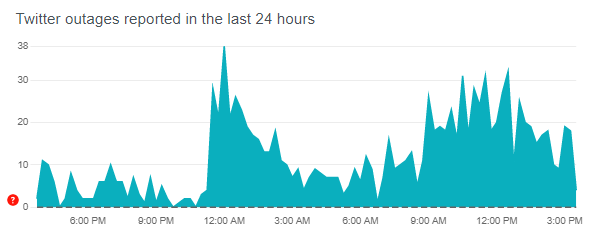On January 20, internet users in Pakistan saw yet another disrupted day, exacerbating the ongoing issues with online connections. The public was reassured by the Pakistan Telecommunication Authority (PTA) that the blackout was technically required, citing ongoing system improvements as justification. But the “2 to 3 month” schedule that was given alarmed some residents.
Director General Ahmed Shamim Pirzada addressed an unconvinced audience at a news conference with FIA Cybercrime Director of Operations Waqaruddin Syed and Caretaker Information Minister Murtaza Solangi. There were suspicions of deliberate disruption since the outage coincided with an online event that a certain political party had advertised.
A recurring pattern of interruptions on December 17 and January 7 added to this scepticism by giving the impression that throttling was being done on purpose. Minister Solangi reaffirmed the explanation of a technological malfunction but conceded that there may be more disruptions.

The public’s anxieties remained unabated despite efforts to allay them, particularly in light of the peculiar timing of the blackouts. After the disruption on January 20, the PTA mentioned a “technical fault,” which further heightened public scepticism.
The technologically sophisticated populace of Pakistan made their displeasure with the perceived lack of openness and the protracted resolution process evident. The event has spurred a lot of talk about how important it is for regulatory bodies to communicate in a clear and dependable manner during times of disruption.






